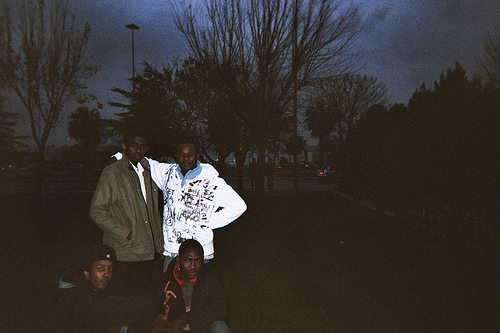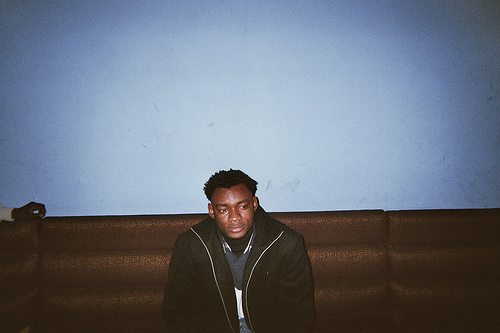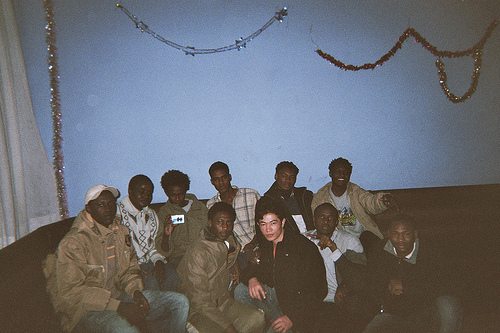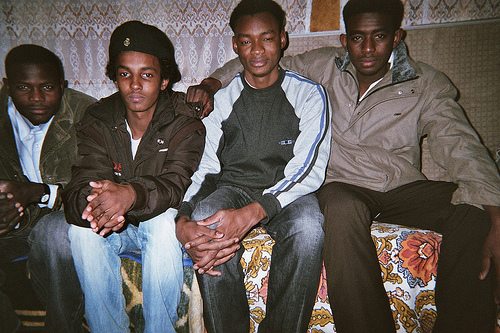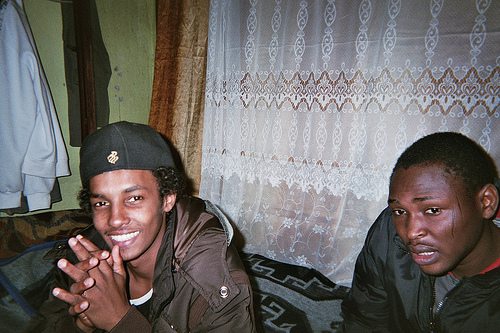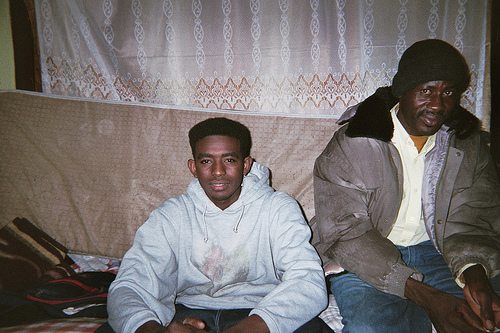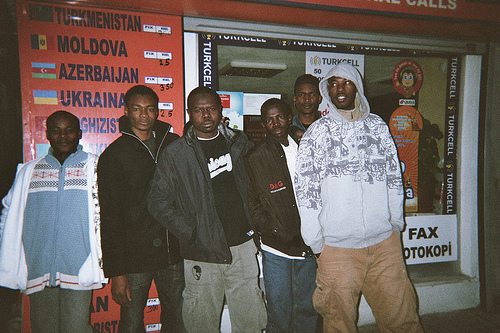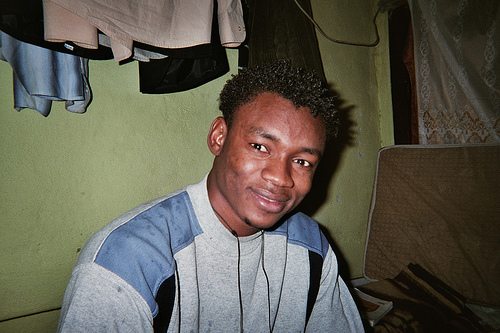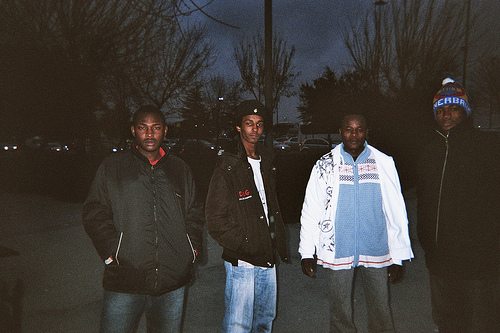From Sudan to Istanbul
This Saturday 18 December is International Migrants Day. During this week, Mashallah is publishing articles on the topic of migration, covering a few aspects of this phenomena. Today, a Sudanese refugee in Istanbul.
In February 2009, I met Taher who was 18 at the time. Thanks to a friend who is working with a refugee support program at the Helsinki Citizens Assembly, I gave him a disposable camera in order to take pictures of his daily life. This is a selection of the pictures Taher took, mostly of him (the picture above) and his friends, either in his apartment or at different places in Istanbul’s Kumkapi district.
Istanbul is the gateway to Europe for thousands of migrants who stay for some months or years in broken-down neighborhoods, before heading towards Greece and then Italy in order to reach other European countries. Turkey is also a country that receives many refugees coming from Iran, Afghanistan, Iraq and African countries.
When I met Taher, he lived in a tiny room on the top floor of a squalid building with four other Sudanese men. The Kumkapi district where he lived is host to a huge community of migrants and, ironically, also a prison for illegal immigrants right in the heart of the neighborhood.
Taher came to Turkey alone from the Darfur region in Sudan, where his entire family was killed during the conflict. The journey to Istanbul was quite hectic: “I went first through Syria and the city of Aleppo, and then I moved straight to Turkey. This was in August 2008.” In Istanbul, Taher lived in a Turkish state orphanage until he turned eighteen. Then, he had to find his own accommodation and moved to the tiny room that we see in the pictures. He had applied for refugee status at the UNHCR (United Nations Refugee Agency), but the decision was still pending by the time that I met him.
While waiting for the decision, he could only rely on the solidarity of other Sudanese migrants. Among them were his friend Ammar, also 18 at the time, who summed up the migrant life: “People have no jobs and usually don’t stay in Turkey for long. Those who want to try crossing the sea to reach Europe, go to Izmir. Sometimes these people die trying. Others head directly back to Lebanon or Syria where they might find work. It’s not uncommon that the Turkish government arrests migrants and puts them in jail. So that’s it, it’s very hard but we try. If people had known how Turkey actually was, they would never have come here.”
Back in 2009, I asked Taher in which country he would prefer to be welcomed: “France or Canada”, he answered with enthusiasm, “but France in particular, I love it so much!” When I came back to Istanbul six months later, Taher was gone. Probably, he hadn’t had time to wait for the UNHCR decision in such a precarious situation. Even refugees recognized by the UNHCR have to wait a couple of years in Turkey before being resettled in another country such as Sweden, Canada, Australia or USA. The Turkish asylum is only temporary for refugees who come from outside Europe. This is exceptional in the world: most countries accept asylum applications from any country. In the end, I found out that that Taher somehow had made it to France, just like he hoped to.







